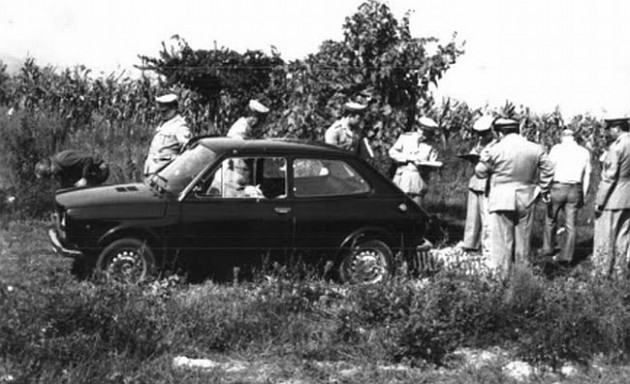
“Out of the Everest of evidence in the Monster case, Giuttari had pried out a few pebbles that he felt supported his new theory. First, Lotti had made an offhand statement, ignored at the time, that “a doctor asked Pacciani to do a few little jobs for him.” For Giuttari, this revived the old suspicion that a doctor was responsible for the killings— this time not as the killer himself, but as a mastermind. And then there was Pacciani’s money. After the old peasant died, it turned out he was rich. He owned two houses and had post office bonds worth more than the equivalent of a hundred thousand dollars. Giuttari was unable to track the source of this wealth. This should not have been all that surprising— a large percentage of the Italian economy at the time was underground and many people had unexplained riches. But Giuttari ascribed a more sinister reason to Pacciani’s affluence; the peasant farmer had gotten rich from selling the body parts he and his picnicking friends had collected in their years of labor.
In a later book on the case, Chief Inspector Giuttari explained his satanic sect thesis more particularly. “The best sacrifices for evoking demons are human sacrifices, and the death most favorable for such sacrifices are those that occur during orgasm and are called mors iusti. A similar motive led to the killings of the ‘monster,’ who struck his victims while they were making love…In that precise moment [of orgasm] powerful energies are released, indispensable for the person acting out satanic rituals, which bring power to himself and to the ritual he is celebrating.
Digging deep into medieval lore and legend, the chief inspector found a possible name for this sect: the School of the Red Rose, an ancient, almost forgotten diabolical order that had left its mark across centuries of Florentine history, a perverse Priory of Sion in reverse, all pentacles, black masses, ritual killings, and demonic altars. The school, some said, was a deviant offshoot of an ancient order, Ordo Rosae Rubae et Aurae Crucis, an esoteric Masonic sect connected to the English Golden Dawn, and therefore, with Aleister Crowley, the most famous satanist of the last century called himself “the Great Beast 666” and who in the 1920’s founded a church in Cefalu, Sicily, called the Abbey of Thelema. There, it was said, Crowley practiced perverted magical and sexual rituals involving men and women.”
